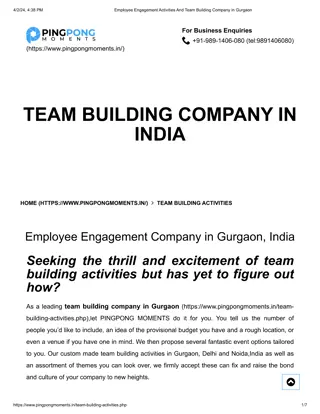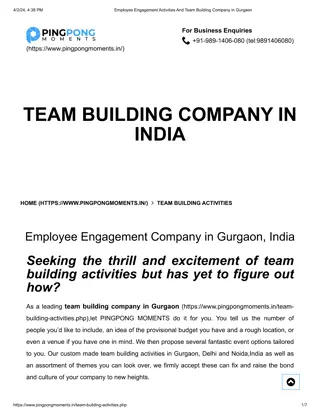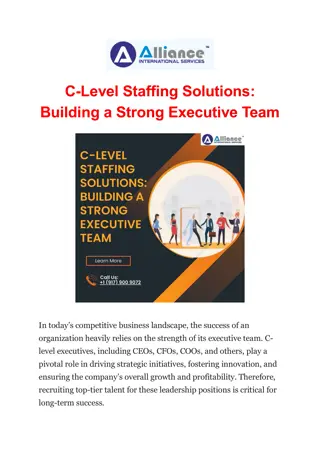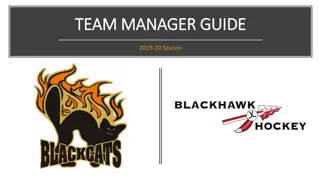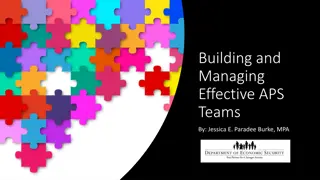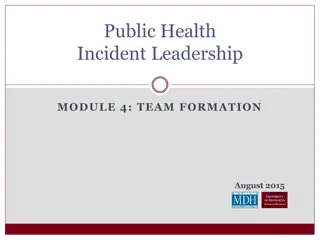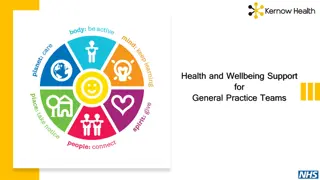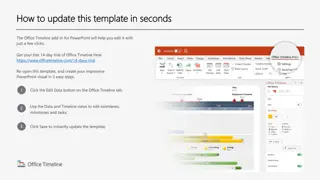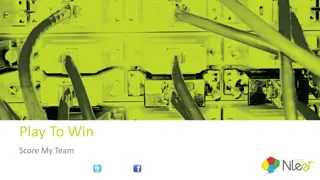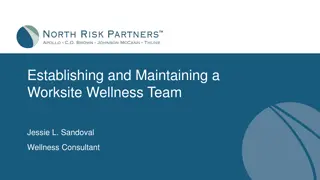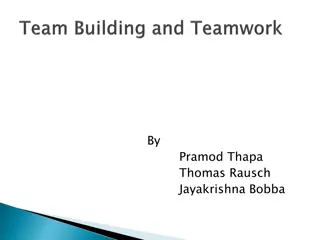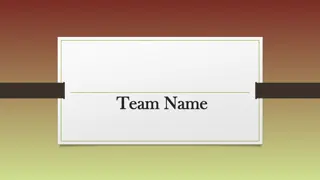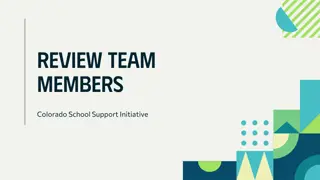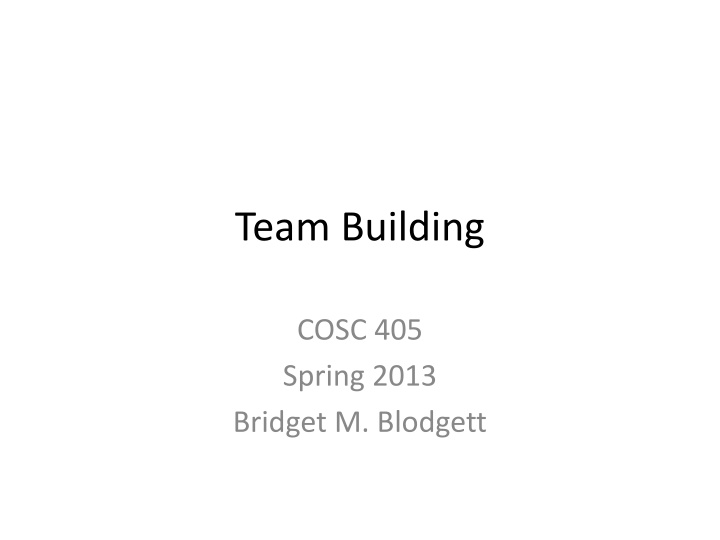
Team Building Strategies for Success
Enhance your team building skills with insights on establishing team dynamics, understanding team structures, and tips for assembling a diverse and effective team. Explore the roles and structures of Student Teams, Indie Teams, and Professional Teams to optimize collaboration and productivity in your projects.
Download Presentation

Please find below an Image/Link to download the presentation.
The content on the website is provided AS IS for your information and personal use only. It may not be sold, licensed, or shared on other websites without obtaining consent from the author. If you encounter any issues during the download, it is possible that the publisher has removed the file from their server.
You are allowed to download the files provided on this website for personal or commercial use, subject to the condition that they are used lawfully. All files are the property of their respective owners.
The content on the website is provided AS IS for your information and personal use only. It may not be sold, licensed, or shared on other websites without obtaining consent from the author.
E N D
Presentation Transcript
Team Building COSC 405 Spring 2013 Bridget M. Blodgett
Establishing a Team Honestly answer these questions about yourself first: Who are you? What do you like doing? What is your goal?
Team Structure and Composition Although team structures can vary from company to company or project to project there are some similar roles that they tend towards Student Teams Indie Teams Professional Teams What tends to be the important factors shaping these general roles?
Student Teams This is the type with which you are most familiar Usually have specific goals and requirements they must address Teams are comprised of all students which allows for similar schedules, equal experience and skill, high driving force/passion Focuses on a many hat approach
Indie Teams Handful to a few dozen members seeking to make games for profit Members usually have some prior experience in game dev Occasionally made up of students but can include senior/pro devs that are contractually allowed to Scope of the game is bigger, roles are more defined, sometimes not co-located Big questions involve how to reward/incentivize developers on the team (royalities, percentages, etc)
Professional Teams Several dozen in-house employee groups composed of very experienced developers The structure and roles are very strict with little or no overlaps Cross-collaboration occurs in small mixed group meetings Benefits are often more formalized and similar to regular IT businesses in addition to financial compensation
Building Your Team Hire who you need not who you know Although friends and family can have useful skills they may not always be the best fit Make sure your offers will improve the quality of the product and help you to exceed your minimum standards Diversity is the spice of life Games are a creative enterprise and require many different viewpoints and ways of thinking as well as skills
Building Your Team Hire people for the job they re meant to do Never hire for secondary skills, they re going to fill a particular role then they should be good at it If their skills are too good to pass up consider a part time contract or create a new position for them It s not who they know its who knows them It s easy to appear to have connections but the good connections should be reciprocal
Building Your Team Always remember that you have to work with them If the person has not meshed well with the other employees or shows undesirable traits don t hire them All game development is done in a team and one bad team player can fail the project
Common Team Roles Upper management: Studio head Producer Creative director Art director Director of engineering Lead designer Holy Trinity Engineers Artists Designers Everyone Else QA Testers IT Support Operations Marketing/PR HR
Employee Paperwork NDA Non-Compete Assignment of Inventions Tax and Eligibility forms Application Background Check
Managing Your Team Everyone gets a voice Not everyone makes decisions Collaboration is a valuable tool Be a team outside of work Recognize and handle conflicts immediately Managers need to be able to handle the day- to-day (i.e. first mate to your captain)
The Ideal Manager Managers must keep team: on schedule, motivated, and happy Or fix the problem if any of these three fail 8oz interpersonal skills 16oz patience 8oz time management skills 3c relevant department knowledge Dash of humor Blend until smooth and server warm
Organizational Management Flatter organizational charts improve communication and production You need core working hours that allow for some personal flexibility This also requires up-to-date contact information for everyone
Management/Production Methods Two of the most common methods you will encounter are the traditional or waterfall method and agile management/production You should be familiar with the waterfall method since it s the one most often used in the classroom setting It is also the original method that the IT and software industries followed since it is based on traditional manufacturing
Waterfall Method The basics of the waterfall method is that the design and development process can be seen as a sequence of steps You need to reach 100% completion on each step before moving to the next The main idea is: Big Design Up Front which puts most of the customization and design time early in the process Changes later in the process occur at both higher costs and losses The model also places a heavy emphasis upon documentation
Agile Development There are two different types of Agile Development that you may encounter: Agile software development Agile Management The goal of both is to use iterative methods in a flexible and interactive manner to produce (typically) an IT product It is often best used as one part of a wider development, small-scale projects, or complex projects that involve user feedback before prototyping
Iterative Life Cycle In an iterative life cycle more than one stage of the development or planning process may be occurring at the same time The goal is to develop your product through many cycles of the design process (iterative) in smaller portions (incremental) The idea is to take advantage of prior learning There is less of a focus on documentation It can occasionally be difficult to decide when to begin an new iteration or when to push forward
Pair Programming One method of software development that is frequently used alongside agile management Two programmers use one workstation to program One drives by actually writing the code while the other observes the code as it is written, periodically they switch roles The goal of paired programming is to prevent errors, allow freedom to code, provide foresight and planning Useful for integrating and bringing up to speed new team members
Spooning? https://bitbucket.org/spooning/


